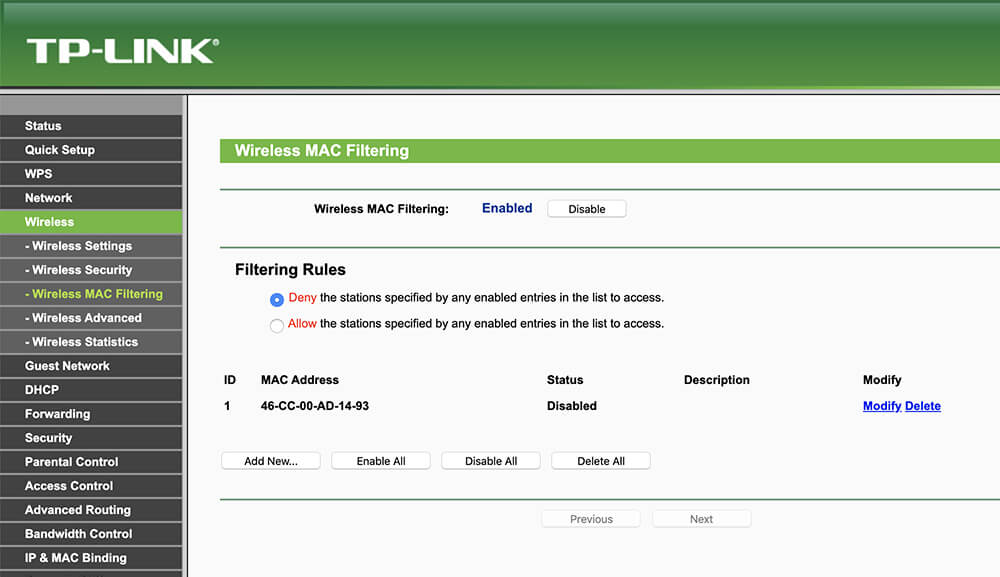
- Ipv4 to mac address converter how to#
- Ipv4 to mac address converter update#
- Ipv4 to mac address converter windows#
Ipv4 to mac address converter windows#
My subnet is 192.168.0.0/24 (mask of 255.255.255.0), so the broadcast address is 192.168.0.255 which can be calculated or found with a “Print Route” command in Windows or a “netstat -nr” in macOS.
 Open the Command Prompt in Windows or terminal in macOS and type. To ping the entire LAN, you can send a broadcast to your network. Send a ping (ICMP echo reply) to the entire LAN, to get all the MAC entries on the table.
Open the Command Prompt in Windows or terminal in macOS and type. To ping the entire LAN, you can send a broadcast to your network. Send a ping (ICMP echo reply) to the entire LAN, to get all the MAC entries on the table. Ipv4 to mac address converter update#
You can use ARP to obtain an IP from a known MAC address.īut first, it is important to update your local ARP table in order to get information from all devices in the network.

It then resumes the ICMP echo request, and finally, the remote computer responds with an ICMP echo reply.
The local computer receives the ARP REPLY with the MAC address. Only the remote computer with destination IP, responds to the ARP REQUEST with an ARP REPLY, which contains the target MAC address. All other computers in the LAN also receive the broadcast but they know that the destination IP is not theirs, so they discard the packet. Because the remote computer is part of the same network segment, it receives the broadcast message sent by the local computer. This message is sent to all devices within the same segment or LAN through a broadcast MAC (FF:FF:FF:FF:FF:FF) as the destination. The local computer sends an ARP REQUEST message to find the owner of the IP address in question. ARP uses two types of messages, ARP Request and Reply. The local computer only knows its source/destination IP and its source MAC addresses. The destination hardware address is unknown, so the ICMP echo request is put on hold. Unfortunately, the local computer does not know the MAC address… it only knows the IP address. The local computer sends a ping (ICMP echo request) to a destination IP address (remote computer) within the same segment. The following message flow diagram can help you understand the concept: Understanding how ARP works can help you find IPs and MAC addresses quickly. Their frames encapsulate packets that contain IP address information.Ī device must know the destination MAC address to communicate locally through media types like Ethernet or Wifi, in layer 2 of the OSI model. As you might already know, devices in the data link layer depend on MAC addresses for their communication. It operates with frames on the data link layer. 
Ipv4 to mac address converter how to#
Related post: How to Scan network for IP Addresses Understanding ARPĪRP (Address Resolution Protocol) is the protocol in charge of finding MAC addresses with IPs in local network segments. In this article, we’ll show you how to find all ip addresses on a network along with device vendors using MAC addresses with different methods for free. But RARP is an obsolete protocol with many disadvantages, so it was quickly replaced by other protocols like BOOTP and DHCP, which deal directly with IP addresses.

Or your computer is unable to display its IP due to various reasons, and you are getting a “No Valid IP Address” error.įinding the IP from a known MAC address should be the task of a ReverseARP application, the counterpart of ARP. You might be in a situation where you don’t have the IP address of a device in a local network, but all you have is records of the MAC or hardware address. How would you communicate with a device when you don’t have the IP?








 0 kommentar(er)
0 kommentar(er)
